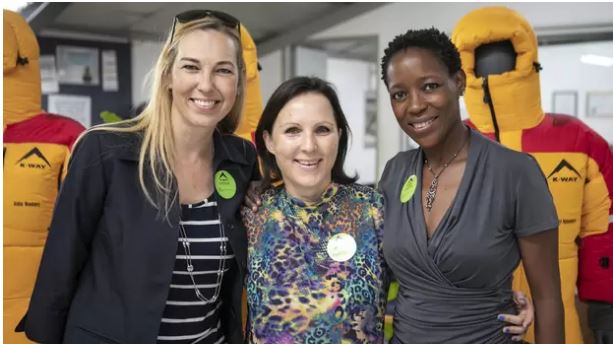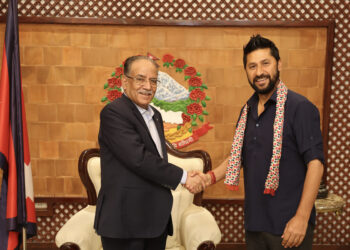KATHMANDU: South Africa’s first all-women team to climb Mount Everest will soon be making its way to Nepal to prepare for the challenge that faces them.
Alda Waddell, Lisa Gering, Deshun Deysel, and Tumi Mphahlele were presented with down suits made especially for them at an event held on Friday in Ottery. Gering, Deysel, and Mphahlele hail from Johannesburg, while Waddell is from Pretoria.
Along with their climb organizer Ronnie Wuhl, the four will head to Lukla in Nepal on April 1, and will then trek to their base camp where they will spend nine to 10 days familiarizing themselves with the region. From there, it will take about two weeks to climb Everest.
Waddell said the biggest challenge of the expedition was and continued to be money.
“It’s very expensive to climb Everest,” she said. “Just to be on the mountain, the permit cost of base camp is $12000 (R180000). Money is our biggest challenge.”
The four climbers went through intensive training to help prepare them to work together. While the preparations involved them working as a team, a part of it included being able to look after themselves individually.
“We did a big combination of training skills,” Waddell explained. “We did a lot of rope and technical training because going through the ice wall you have to be able to hook yourself in and out of harnesses.”
As part of their training, the climbers completed the Nine Peak Challenge, which involves ascending to the highest point of each province in South Africa.
The climbers also traveled to Argentina to climb Aconcagua, the highest mountain in the world outside Asia.
“We did the Nine Peaks in eight days,” Alda said. “We had to sleep on the mountain, we had to eat, make a plan. We did Aconcagua at 6000m for altitude training. The experience definitely helps.”
Each of the climbers’ down suits weighs an average of just 2.7kg. Each suite features 850 fill-power goose down packed into 85 different chambers, while the outside of the suit is made from Pertex Endurance, an abrasion-resistant material designed for maximum weather protection.
A spokesperson for the retailer who donated the suit, Stephen Hector, said: “The construction of specialized suits like these is key.
“The design had to ensure there are no cold spots and that each segment operates like a box – a carefully calculated box. If you put too much down into one segment, the area will attract dead air and if you put too little down, you will get a cold spot.”
Wary of the life-threatening nature of the expedition, Waddell felt she was in the best space and time of her life to climb Everest. “My kids are finishing school now so they’re at an age where they understand.”
(with inputs from IOL)









Comment